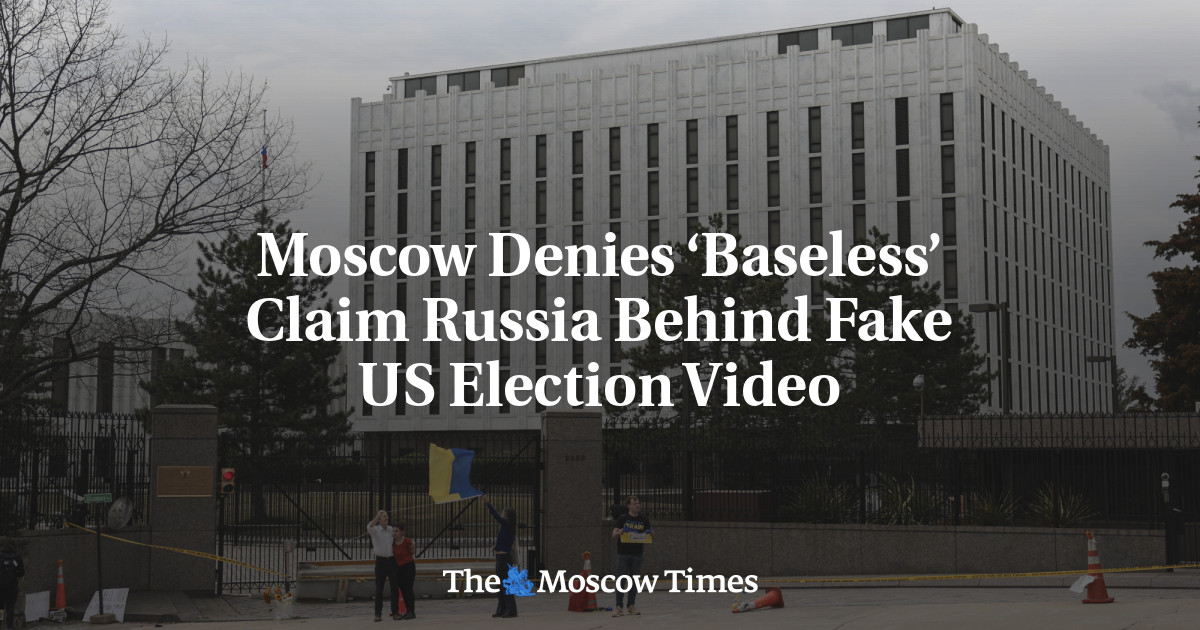
Updated
Nov 08, 2024, 07:00 PM
Published
Nov 08, 2024, 07:00 PM
BEIJING - China has braced itself for a second Donald Trump presidency, as the spectre of a fiercer trade war looms between the two superpowers.
President-elect Trump presided over a nosedive in bilateral ties during his first term from 2017 to 2021, starting a trade war that resulted in tariffs on some US$550 billion (S$727 billion) of Chinese goods and US$185 billion of US goods.
Even though President Joe Biden has kept the Trump-era duties – even increasing them in some cases such as on steel and electric vehicles – the incumbent has also sought to stabilise relations between the strategic competitors.
But Trump has threatened to up the ante, saying on the campaign trail this year that he wants to impose 60 per cent tariffs on Chinese goods, which analysts see as likely to materialise in some form.
In the meantime, China has made no secret of its ambition to be self-sufficient. Months after Trump first slapped tariffs on China, President Xi Jinping said in November 2018 that with trade protectionism on the rise, the country has been “forced to travel the road of self-reliance” – a goal that has been reaffirmed in national plans such as the 14th Five-Year Plan for 2021 to 2025.
Beijing appears to be more ready this time. In recent years, it has beefed up its retaliation toolkit, such as passing an anti-foreign sanctions law and tightening export controls on critical minerals, while ramping up its technology self-sufficiency drive.
Writing for Foreign Policy magazine in late October, US-China expert Scott Kennedy said that should China interpret US actions in Trump’s second term as starting an outright economic war, Beijing could well put up a “disproportionate response”.
Among other things, he said China could expand restrictions on exports of critical minerals, sell off more US Treasury bonds, or even allow the Chinese yuan to devalue – a move that would directly undercut any imposed tariffs.
China has also strengthened its laws. For one, the anti-foreign sanctions law of 2021 allows Chinese authorities to seize property of foreign entities, should they be found to have employed “discriminatory restrictive measures” against China.
In September 2020, China also released rules for its own blacklist, called the Unreliable Entity List, that restricts groups and individuals from trade with China. This was seen as a countermeasure to the US’ own Entity List that forbids US business deals with Chinese entities such as Huawei.
Dr Stephen Olson, a visiting fellow at the ISEAS – Yusof Ishak Institute in Singapore, told The Straits Times said that more trade and investment restrictions, especially on technology, are all but certain to be imposed on China.
“China will be prepared to retaliate forcefully. China feels that it has been restrained thus far, but if Trump does what he has threatened, the gloves will come off.”
Yet, at least in the short term, a 60 per cent across the board tariffs would be painful for the Chinese economy, which has been facing sluggish growth in the last two years, since the end of the Covid-19 pandemic.
Chinese trade expert Henry Gao of the Singapore Management University said such a hike could create enormous pressure on the Chinese economy, as China still relies heavily on exports to the US.
“I don’t think the tariff is the end by itself, but more as a means to an end. In other words, I think there is a good chance that Trump will use the tariffs as leverage to recalibrate economic relations with China.”
“If that happens, that would help solve the many longstanding structural problems in the Chinese economy and be good for China itself too,” he told ST, referring to how China could rebalance towards domestic consumption and greater imports.
Chinese economy expert Zhu Tian from the China Europe International Business School in Shanghai said decoupling will accelerate should Trump follow through with the 60 per cent tariff pledge, although he believes it is unlikely this will be imposed on all Chinese imports.
“For China, the short-term impact is obvious. But the most important factors in China’s economy are domestic policies. China will need even stronger measures to stimulate aggregate demand in the short term, and should adopt bolder reform measures to encourage private sector growth,” said Prof Zhu.
More broadly, analysts’ expectations are that US-China ties would deteriorate and experience more fluctuations under Trump, who has stated his belief that the Covid-19 pandemic – which he blames on China – caused him to lose in his previous bid for the White House, in 2020.
But Associate Professor Huang Chin-Hao, a Chinese foreign policy expert at the Lee Kuan Yew School of Public Policy, believes it is still too early to predict the full implications of a Trump return, as much could depend who is appointed to lead the Asia and China portfolios in his administration.
According to media reports, leading candidates for top jobs such as the US Secretary of State have reputations for being “China hawks”, such as former US ambassador to Germany Richard Grenell.
On global affairs, while there may be diplomatic opportunities for China should Trump weaken US alliances – as some analysts expect – there is as yet no certainty as to what Trump will do, for instance in the Russia-Ukraine and Gaza wars.
Beijing was regarded as having seized on the US’ perceived isolationist turn during Trump’s previous term to make inroads into regions where Washington was the predominant power, such as the Middle East and Africa.
Professor Shi Yinhong of Renmin University expects Trump to continue to stress collaboration after he gets what he wants from the US Indo-Pacific allies, such as higher payments for US troops to be stationed in the region, more US-made military equipment, and increased imports of US industrial and agricultural products.
“He himself created the Indo-Pacific alliance,” said the long-time observer of US-China relations. In 2018, the Trump administration had pushed for a “Free and Open Indo-Pacific” strategy that marked a confrontational turn towards China.

 By The Straits Times | Created at 2024-11-08 11:20:00 | Updated at 2024-11-08 13:52:09
2 hours ago
By The Straits Times | Created at 2024-11-08 11:20:00 | Updated at 2024-11-08 13:52:09
2 hours ago




/cdn.vox-cdn.com/uploads/chorus_asset/file/25709978/Credit__Luis_Yan_ez___ED_DSC00150.jpg)



